Trending:
Are Indian museums prepared to be immersive?
“If you have 300-year-old objects, you have to make their history relatable to the contemporary context, to make it interesting,” says artist and museologist Subodh Kerkar, founder and director of Museum of Goa and Museum of Beer.News Arena Network - Chandigarh - UPDATED: September 7, 2025, 01:32 PM - 2 min read

National Museum in Delhi, which houses over 2 lakh art objects spanning 5,000 years of Indian cultural heritage, has been receiving between 6 to 7 lakh visitors annually, for years.
The new museums in India are vibrant, innovative and engaging. The days of visiting tedious, dusty places, known as government museums are going to end soon. School children will not be forced to walk through the old, dusted, forlorn galleries that display sculptures and objects - arranged unimaginatively. Things that they fail to understand the significance of with their yellowed, illegible labels—may soon become a thing of the past.
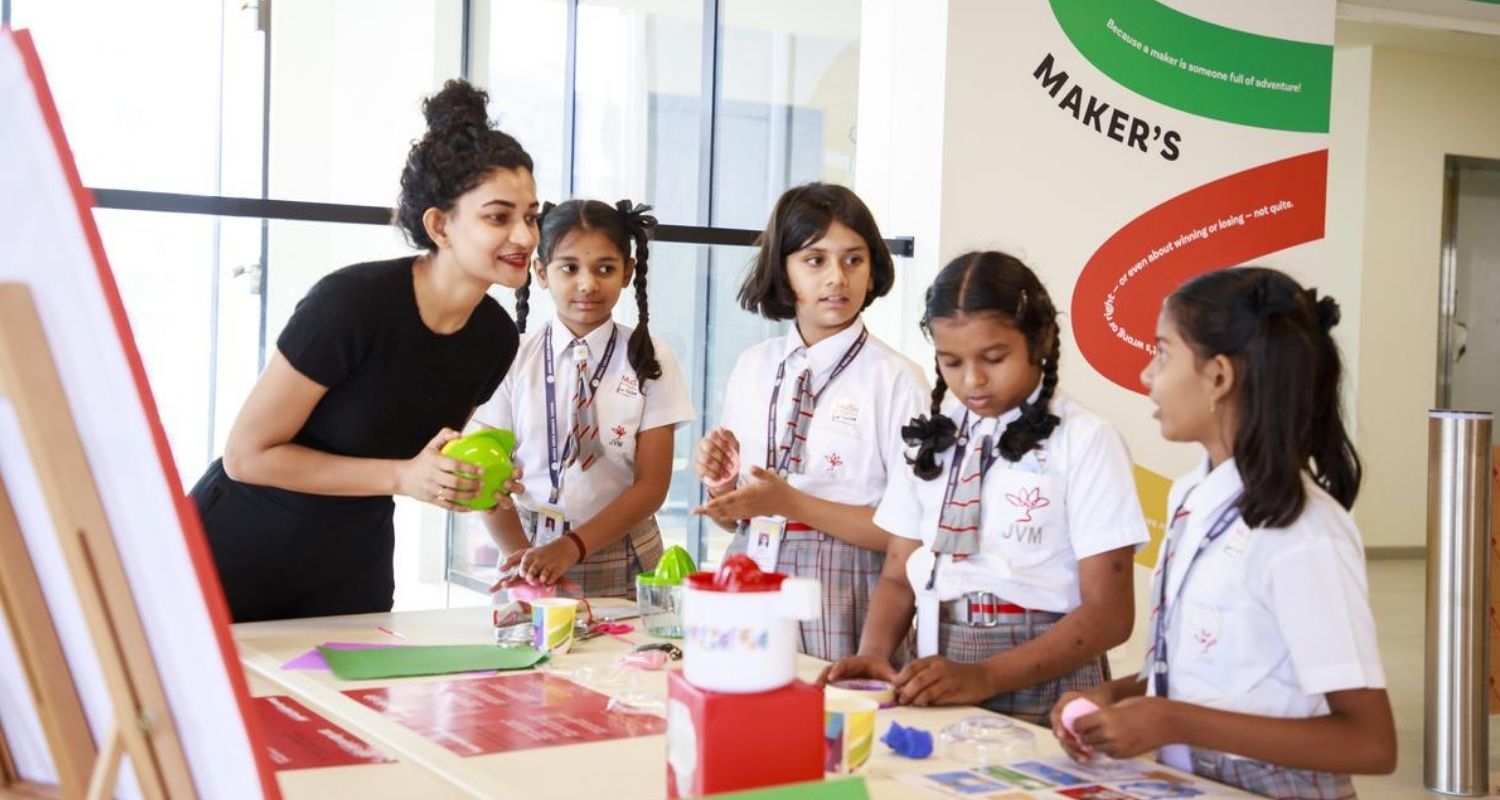
Such optimism is derived from museums like The Museum of Solutions in Mumbai, which is a leap forward for children’s museums in India with individual labs to ‘play’, ‘discover’, ‘learn’ and ‘grow; it teaches children in a playful manner to think innovatively and experiment creatively.
But largely, museums in India, have failed to change with the changing times. As a result, the National Museum in Delhi, which houses over 2 lakh art objects spanning 5,000 years of Indian cultural heritage has been receiving between 6 to 7 lakh visitors annually, for years. Tate Modern, London, a defunct power plant turned into a museum, that houses modern and contemporary art collection along with cutting edge exhibitions, receives approximately 5.7 million visitors annually. Tate is only 25 years old.
The colonial museums
The reason behind mostly dreary government museums in India is their outdated approach. The museum policy—if at all there was one—has been controlled by bureaucracy with frugal budget allocation for the modernisation of museums. Most museums are conceptualised on the pattern of old colonial museums.
Invaders plundered India through centuries. The objects they looted were often kept in the treasuries of their respective countries. But the colonial rulers were different. They started the tradition of displaying the loot as trophies of subjugation of the local people—the jewels, crafts, arts, weapons, manuscripts and textiles etc. The colonisers would put a label on the objects to display the place and date of the loots’ origin.
In Independent India, people would be reminded of the relevance of museums only when some artefacts were stolen. The market price of these items would make people believe that something precious is kept in the museums. Beyond that not much thought was given to create awareness around museums or to make them interesting as narratives of history for the visitors. The legacy of colonial museums continued making our national and state museums unimaginative, obsolete and staid.
The new story tellers
The government and several private players are now waking up to the relevance of museums in our cultural landscapes. Good museums enhance tourism potential which India has not been able to explore so far, with tourism producing only 5 per cent of the GDP.
The government is moving the massive collection of the National Museum to the ambitious–supposedly world’s largest museum, Yuga Yugeen Bharat, which spans approximately 1,55,000 square metre in New Delhi. With an agreement signed between the National Museum and France Museums Development for technical cooperation in the development of the new museum, the government expects the footfall of 10 million visitors—overtaking the Louvre in Paris.
Kiran Nadar Foundation is also coming up with a massive museum of art in Delhi, covering 1,00,000 square metre in the national capital.
“Creation of new museums—very large museums—is not about vanity as is made out to be. It is filling a large gap that existed for long in India’s cultural landscape. India has massive collections—both tangible and intangible - like mantra chanting - the Yug Yugen Bharat and the Temple Architecture Museum that is coming up in Ayodhya, will fill the gap in the understanding of India’s cultural heritage,” hopes George Jacob, museologist and curator of several international museums. He talks about the shift emerging in the museum management in India in his new book ‘Indian Museum Renaissance—Becoming Bharat.’
Jacob looks at the scenario in four different baskets. First, the need for a basic museum policy that should dove tail with sufficient budget allocation. The policy needs a revamp—in keeping with the demands of the changing times. Two, the state should create institutes to train museologists in practices of excellence.
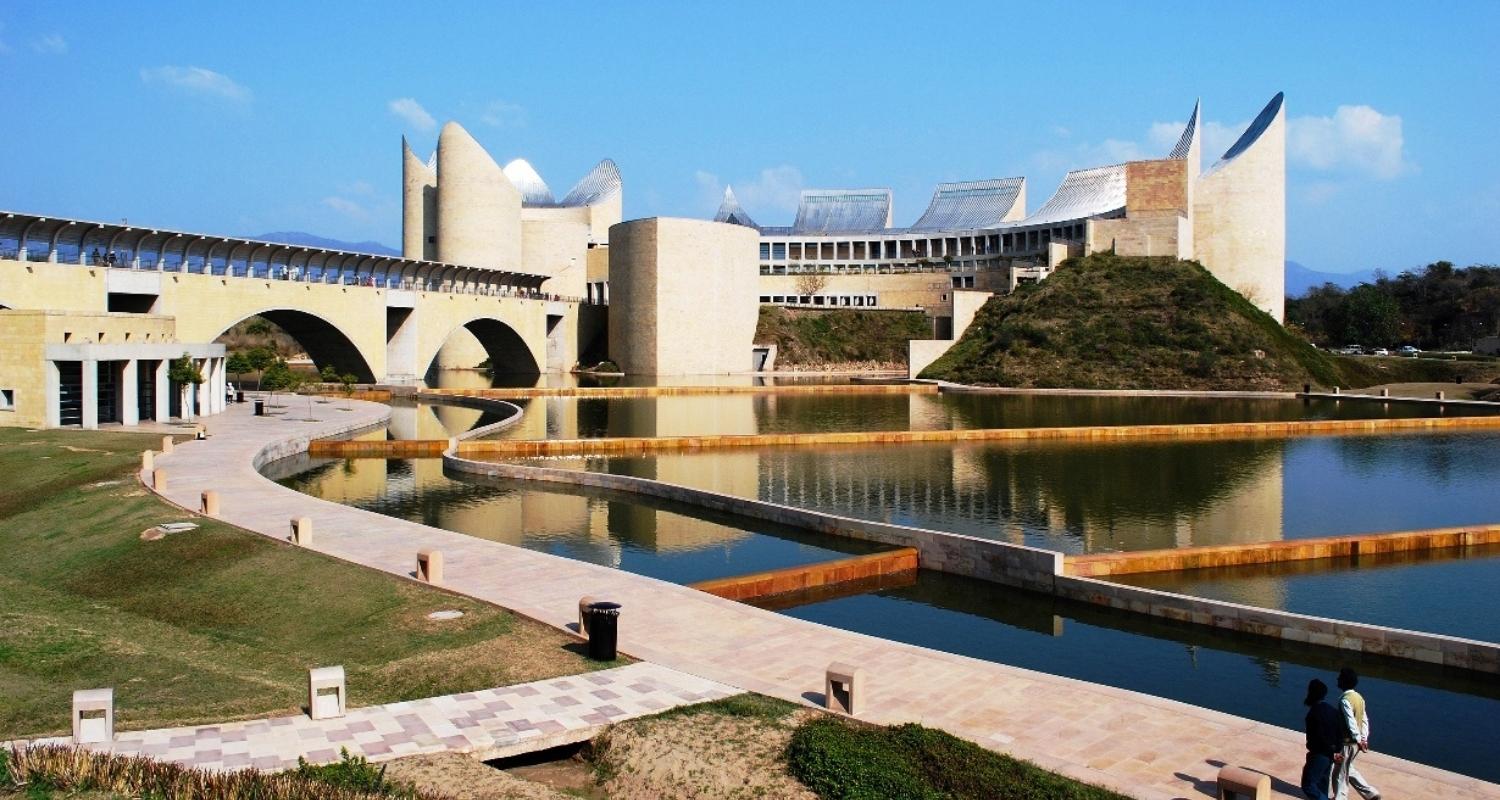
The curatorial practices should be comprehensive—with eye for detail in lighting, placing and such minor matters like the font size and the level of the language used—that should be comprehensible to a student of Class 8 and free of jargon. Lastly, technology should be used indigenously—as is done at Virasat-e-Khalsa museum at Anandpur Sahib, Punjab.
Lately, the government has taken up several museum projects in collaboration with professional museologists of international repute. Recently, the Museum Division and Ministry of Culture organised a transformative museum roundtable on the latest advancements in museums—deliberating on the latest practices of curation, design, and technology in museums. The state governments are going all out to implement new concepts and practices. The Tribal Museum of Bhopal which is atmospheric and Bihar Museum have created immersive experience for museum visitors.
Though lack of imagination and professionalism is evident at many important museums.
Technology is not art
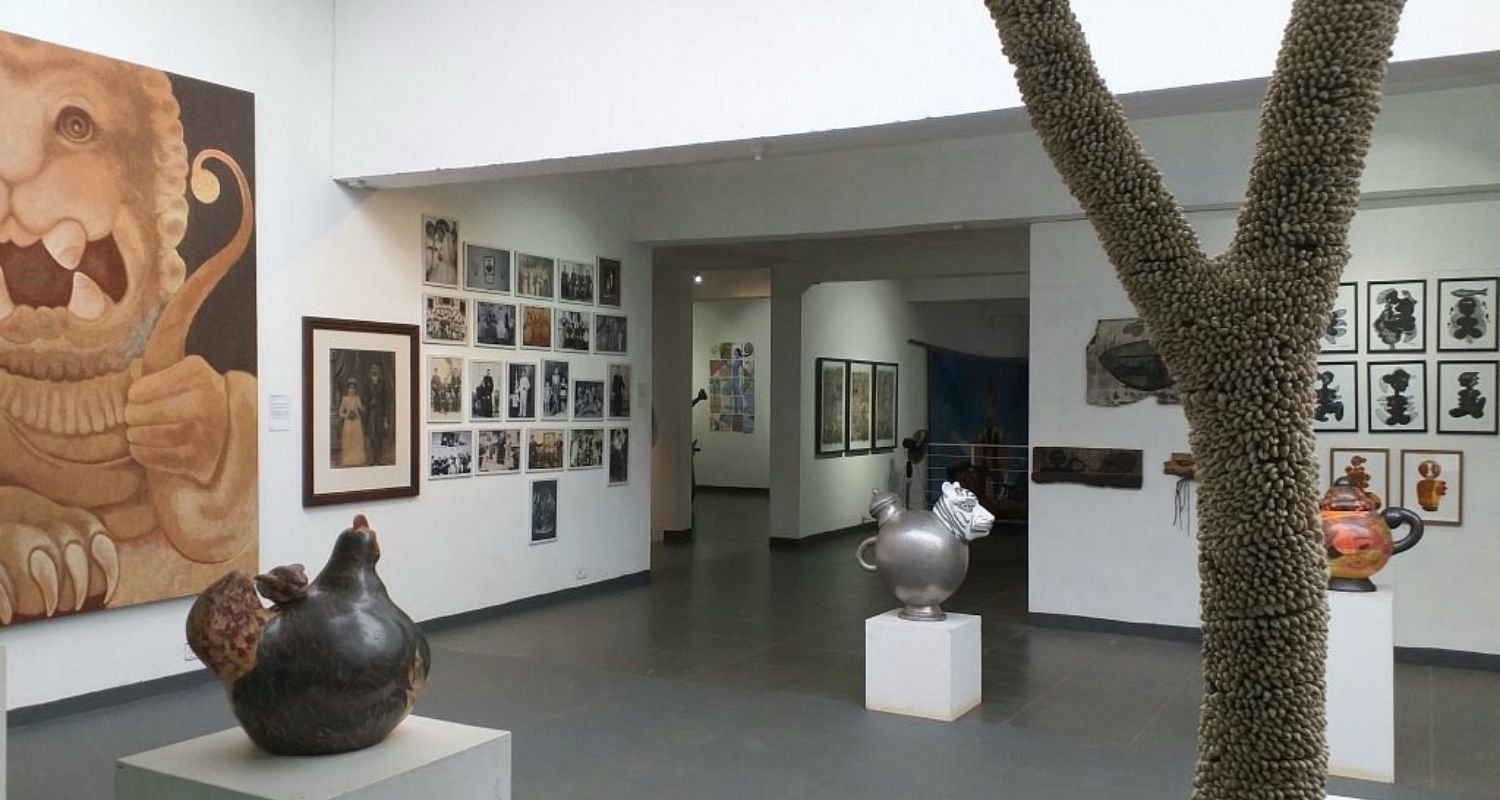
In their new, modern avatar, few museums are trying to ape the western model, without putting in the right context. “If you have 300-year-old objects, you have to make their history relatable to the contemporary context, to make it interesting,” says artist and museologist Subodh Kerkar, founder and director of Museum of Goa and Museum of Beer. About 75 per cent tourists visiting Goa visit the Museum of Goa, he claims. The success rests on weaving different facets of Goan history with contemporary art, displayed at the museum.
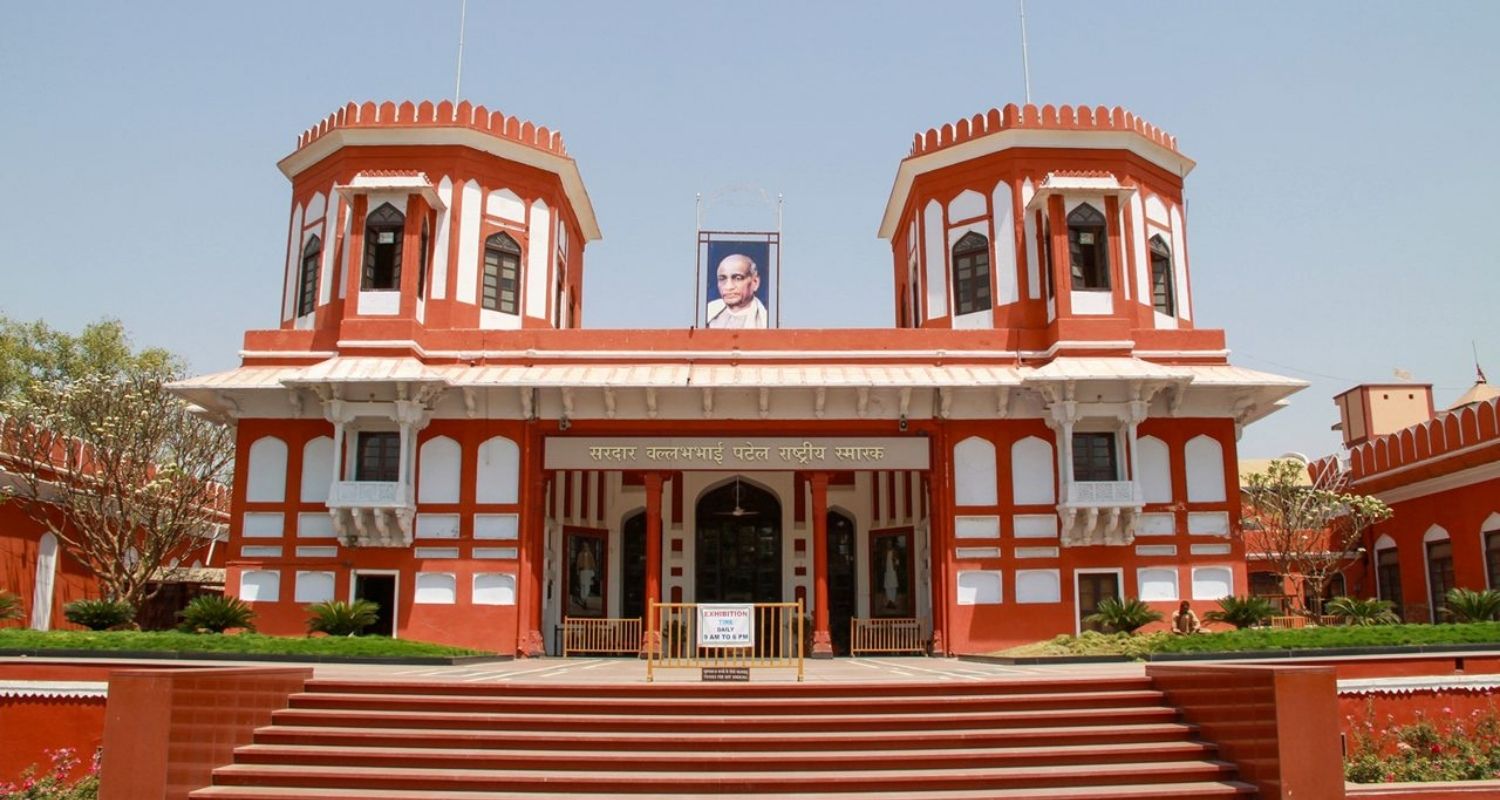
His observation about upcoming government museums are not generous, “Technology is just a tool and in the hands of a good curator and artist it can work wonders but the bureaucrats get an idea from abroad and use it without imagination. At Patel Museum you press a button to garland Patel’s sculpture—this is absurd; technology should be used like art to enhance the experience. Creating museum is a curator’s job, if you give it in the hands of advertising agencies, this is what happens. Like art, museums should be a whisper of time,” he adds.
Curators hold the key
“The touch-me-not approach of the past is changing,” says Shikha Jain, founder and director of DRONAH Foundation. “Visitors are expected to feel and engage with the objects in a controlled environment. Most important is engagement of the local people, do they have something to take away when they leave the museum—an experience of history or a story or an element! A good curator also keeps in mind that digital technology should not become overpowering; it is there only to assist the story telling.” Shikha and Jacob, both believe that good curatorial practices are evident at several new museums in India.
Shikha refers to the Smriti Van Museum in Bhuj, a visually enchanting memorial museum built to commemorate the earthquake victims of 2001 in Bhuj, spread over 470 acre and built in seven sections; it blends technology while informing the visitors about the topography of the region, disaster management with an earthquake simulator to make visitors aware of the seriousness of environmental disasters. The museum has also planted over five lakh trees in the memory of the victims.
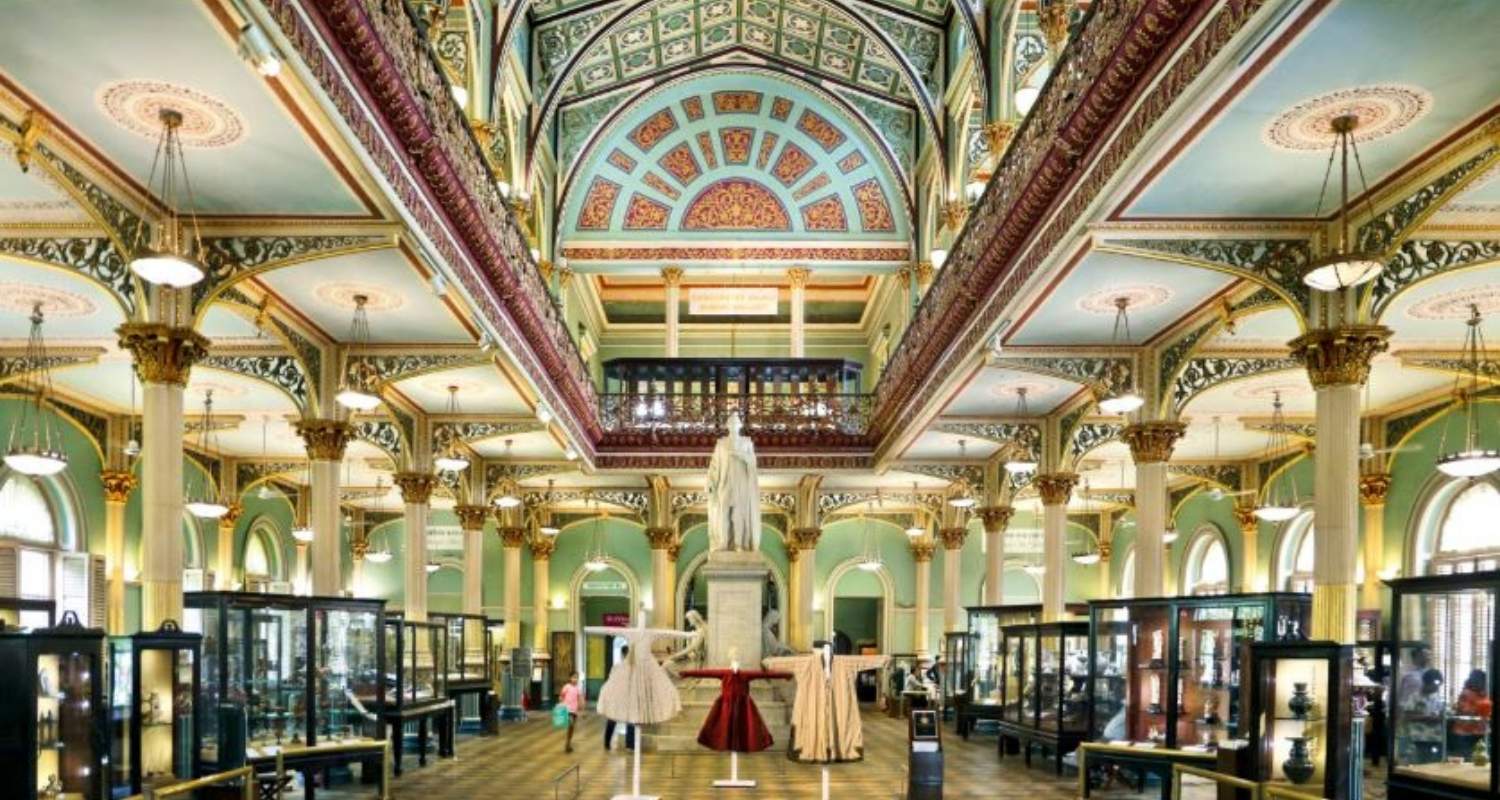
Museum of Music in Bangalore offers a live, immersive experience of the long history of Indian music and its innumerable musical instruments. MAP—Museum of Art and Photography in Bangalore, is another example of a museum that is experiential and engages with the audience through several events organised around art and visitor’s participation. Bhau Daji Lad Museum in Mumbai set the bar high for museums by restoring a neglected museum in an excellent public-private partnership project. Jacob refers to the Museum of Utensils in Ahmedabad and Framji Dadabhoy Alpaiwala Museum of Parsi Heritage in India, as examples of well-curated museums.
Museology and curation—emerging careers
About 12 colleges in India offer courses in museology—from diploma to UG and PG degrees, affiliated to Jiwaji University, University of Mysore, Vikram University, Ujjain, Open University Tamil Nadu, Business Management University of Kolkata etc.
Renowned institutions like the National Archives of India and the National Museum Institute in New Delhi offer comprehensive programmes in curation. Shivaji University, Lucknow University etc, also offer the courses though mostly foreign universities are credited with reputed courses in curation, especially Stanford University.
By Vandana Shukla
